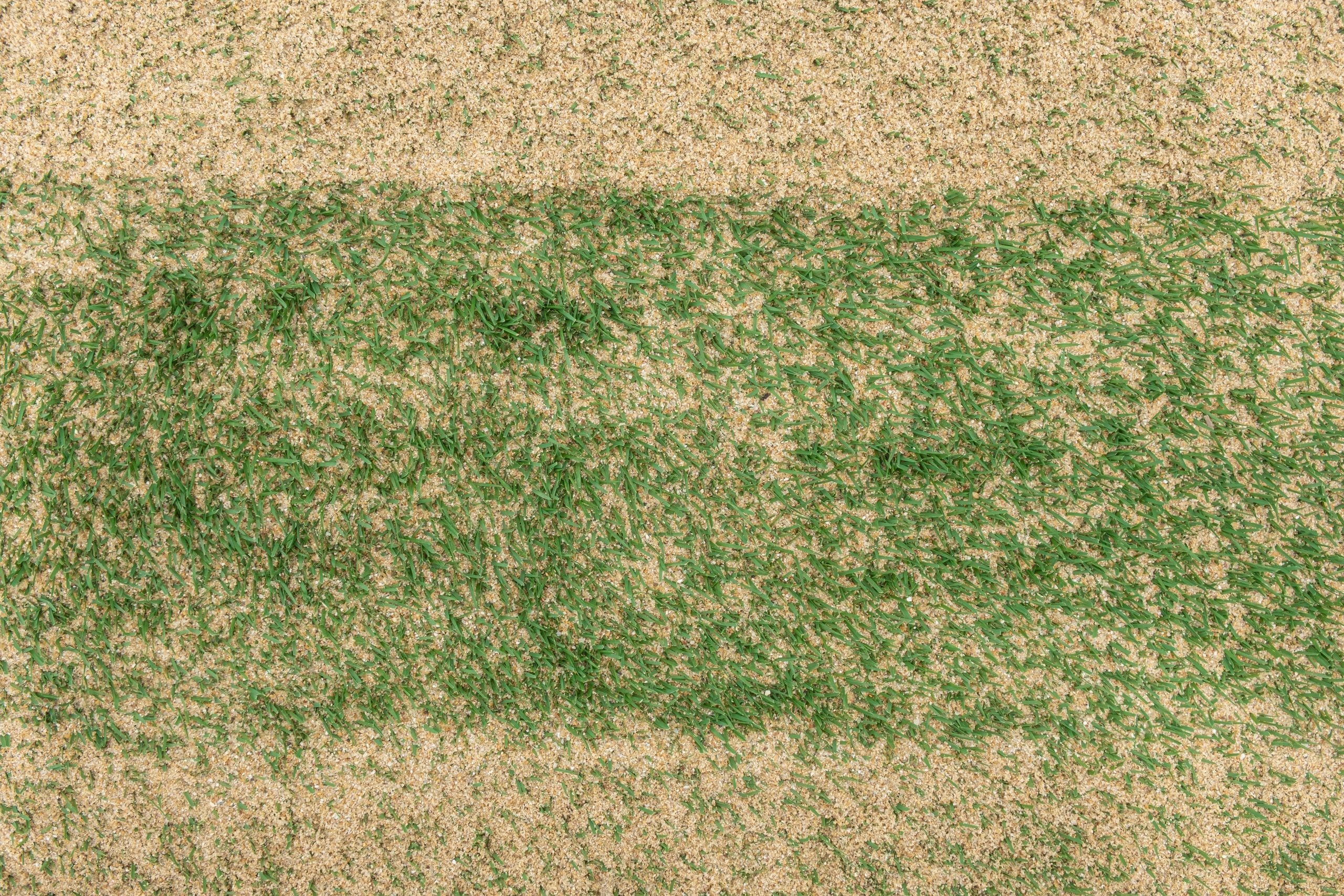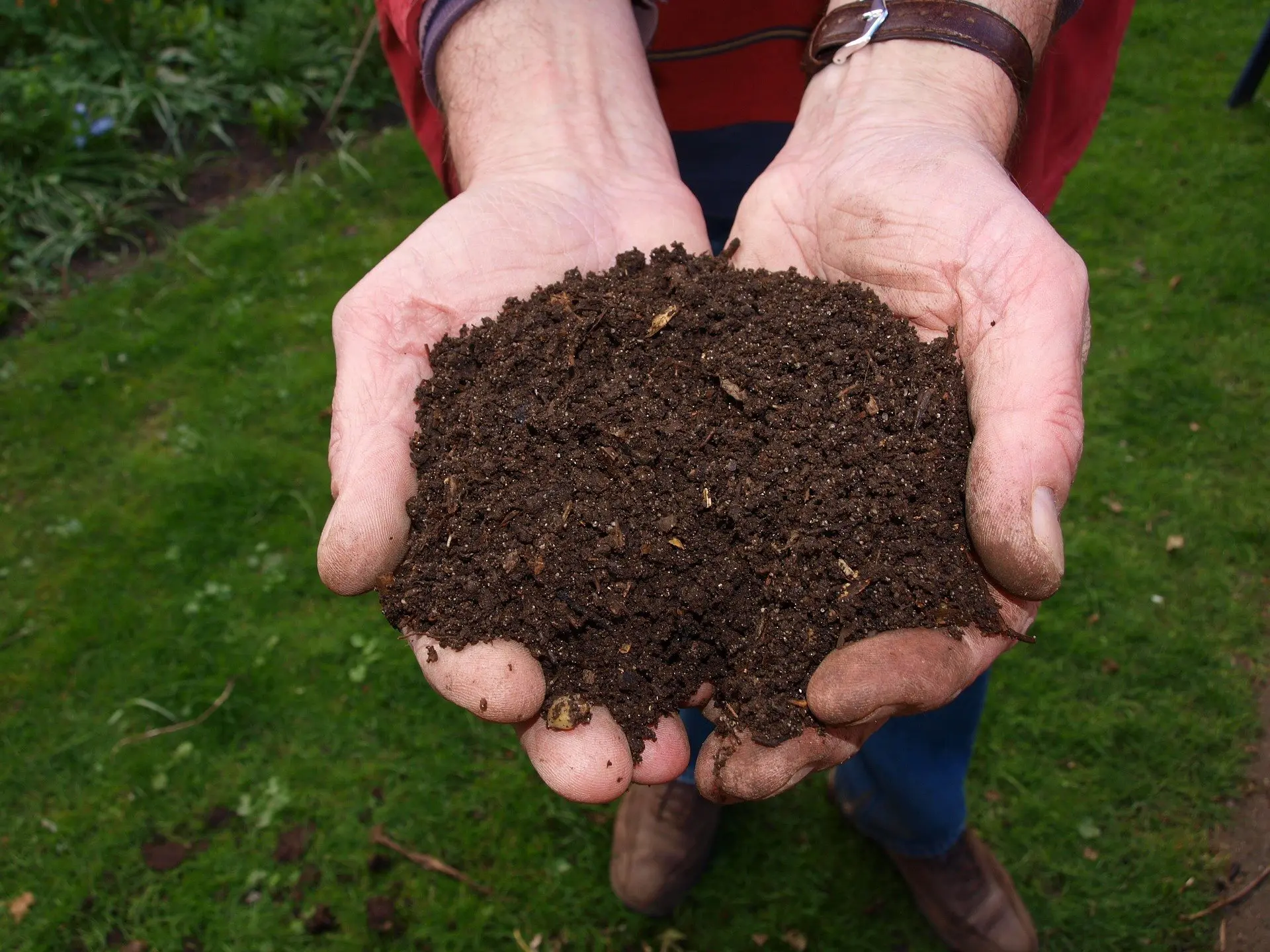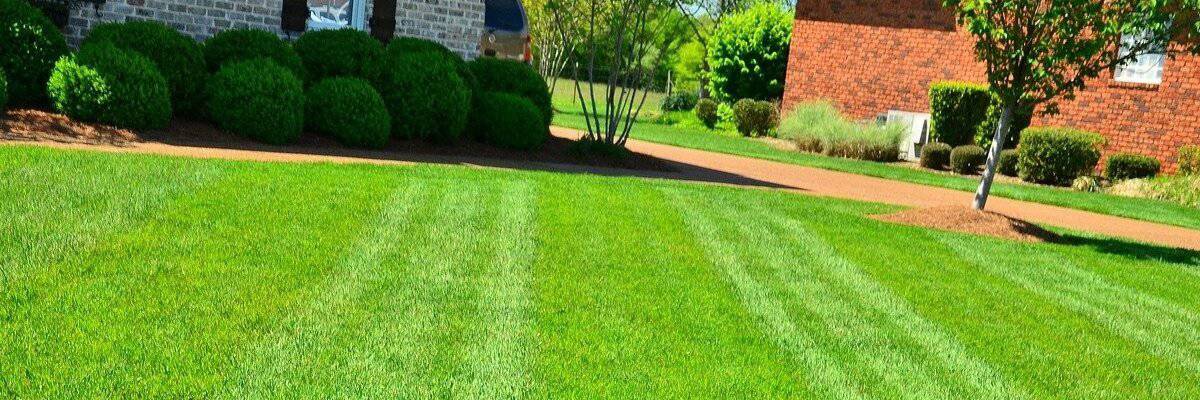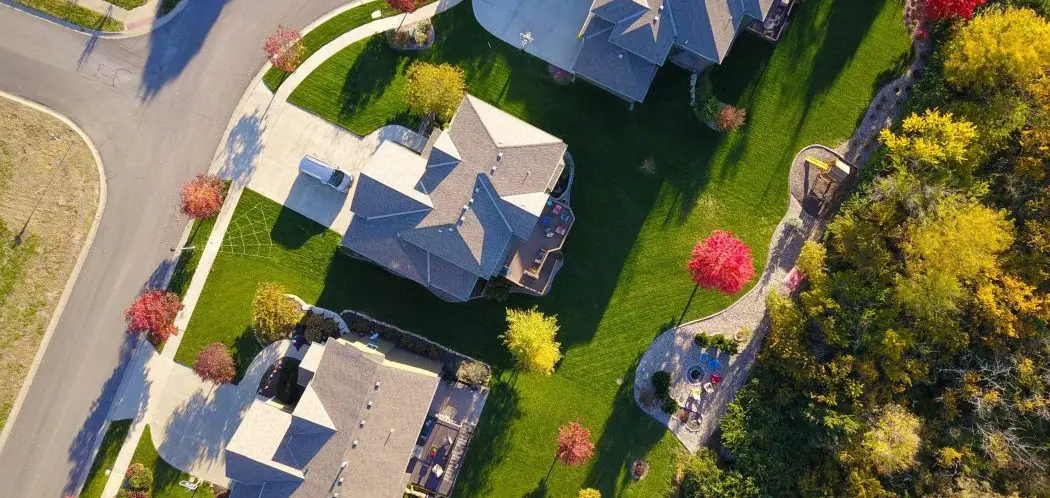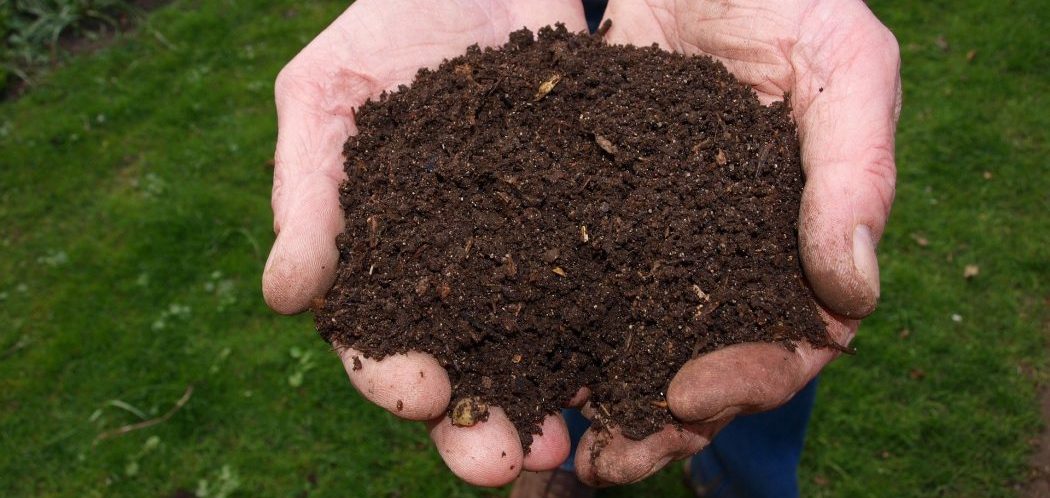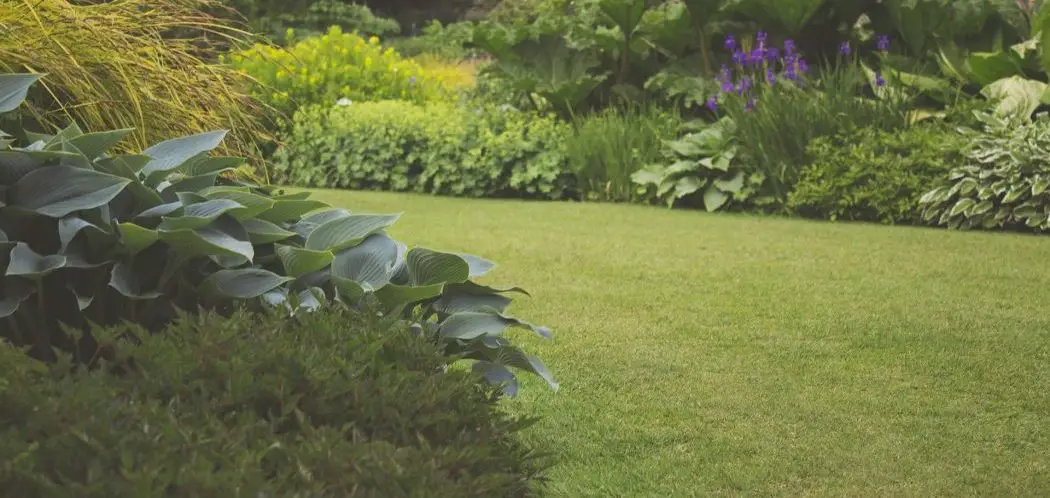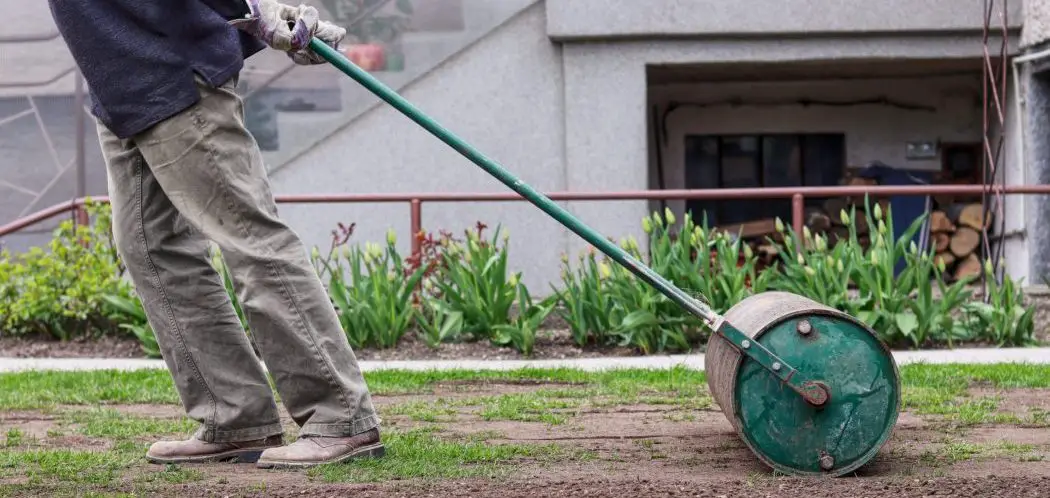Over time, it isn’t that uncommon for your yard to become uneven and messy. A bumpy lawn is usually due to natural erosion and other things that occur naturally, but the good news is that there are cheap and simple things you can do to remedy the situation. While you can use soil to place over the lawn, which is called topdressing, many people also use sand. Sand is an excellent product to use when leveling out your yard, but the first thing to keep in mind is that you normally shouldn’t use only sand but instead a combination of sand and another product.
Learning how much sand to use when leveling your yard isn’t difficult because it’s just a matter of figuring out a few simple math equations. The thing is, you need to first determine what you’ll be using in addition to your sand before you go any further with your calculations. Let’s look at using sand for lawn-leveling a little closer.
How Much Sand Should You Buy?
First of all, just know that there are different combinations you can use to level your yard. One of these is a combination of 40% sand, 40% topsoil, and 20% compost. You can also use 50% sand and 50% dry potting soil if you like. To get the total amount of materials you’ll need, multiply three different numbers: the length of the area you want covered, the width of the same area, and the thickness that you want the final layer to be. That’s it!
When you’re measuring, make sure you account for a little extra material when you notice any large holes that need to be filled. Remember, it is better to have a little too much material than not enough. After you get the total number, calculate the percentage of sand you need – usually either 40% or 50% – then go by that number. Also, keep in mind that when using topsoil, it should have a thickness of only 1/4 inch to 1/2 inch and no more. You’ll have to keep this in mind when calculating how much sand to purchase for leveling your yard.
How Much Sand Per Square Foot?
Depending on what you read and where you get your information, the answer to this question can vary. As a general rule, a lot of experts recommend using one cubic foot of sand for every 1,000 square feet of lawn. If you have low spots that you feel need more than an inch of topdressing, you’ll have to first remove the existing sod so that underground decay doesn’t occur, which is bad for the new seedlings underneath the ground.
Go ahead and fill up the low spot first, then you can either reseed the entire area or replace the old sod. If you mow your grass short and go ahead and aerate and dethatch before you start filling in the sand, you should have better luck. When you use sand to fill up holes, it may settle after a few days, but not to worry. If it does this, just add a little more sand after a few days and it should make the hole complete and even.
What Type of Sand Should You Use to Level the Yard?
Some people are unaware that there are many different types of sand available on the market. That’s right – sand is not a one-size-fits-all type of product. When buying sand for leveling your lawn, below are some of the types recommended for the job:
- Mason sand: an all-purpose sand that has multiple purposes and is excellent for leveling your lawn.
- Play sand: this type of sand is very easy to find and is available at most home and gardening centers. It is one of the best types of sand to use when leveling your lawn.
- River sand: can be a bit tricky to find and is best used for topdressing.
- Sharp sand: this type of sand is great for all types of gardening purposes, including concrete, screeds, laying slabs, block paving, and renders.
- Silver sand: perfect for composting and as a topdresser, this is one of the sand types that all gardeners seem to love.
In reality, any type of sand can be used to level your lawn, but mason sand and play sand are a lot of gardeners’ favorite types. Why? Because mason sand is usually very fine and gets into the topsoil instead of just sitting on the top part of the grass, and play sand is usually ridiculously easy to find and inexpensive to purchase. Sharp sand is good because it provides excellent drainage for your seeds, which means it simply works better once the grass starts to grow.
Silver sand is an excellent sand to use as topdressing and provides excellent aeration, and river sand works best when used as topdressing. As you can see, each type of sand offers its own pros and cons, and all of the types mentioned above will work well when leveling your lawn. It’s up to you to decide which one is right for you based on your own gardening needs. And if you’re wondering when to level your lawn, it’s best if you do it in the last 4-5 weeks of spring and throughout the summer if you want to get the best results.
Typical Mixtures / How Much to Use of Each Material
We mentioned earlier that you cannot use only sand to level your lawn. Why? Because it can actually damage the grass instead of improving its condition. This is especially true when your soil has a lot of clay in it, because the sand and clay will work together and make the soil extra-hard and therefore a lot less likely to drain properly. This is but one of the many reasons why sand should always be mixed with one or two other materials before using it to level your lawn.
Too much sand is not a good thing, but there are several different combinations of materials that you can use that will work. Many people use a mixture of 70% sand and 30% soil, and you can mix them together in a bucket before you get started to make the mixture easier to use. On the other hand, many people use a 1:1 mixture of sand and topsoil. The point is, you cannot use sand only to level your yard and it will do the lawn more harm than good. In every case, regardless of what your soil is like, you must combine the sand with another ingredient.
Other Things to Consider
Naturally, you want your lawn-leveling to be successful, and this involves a lot more than just knowing what to mix with the sand in order for the leveling to turn out right. For example, if any of the holes in your yard are 2.5 inches deep or even deeper, go ahead and use a shovel to remove the grass, then proceed to fill up the hole completely. In addition, never fill in the holes when the weather is too windy, and always work when the grass is nice and dry but the soil is moist. You can also purchase a drag mat to make it simple to smooth out the yard, and never fertilize until after you’ve leveled the yard.

